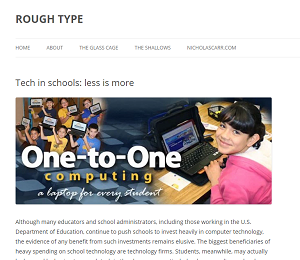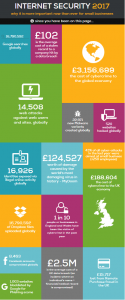
In times of crisis, something as instant and influential as social media can become an essential tool for providing buyers, audiences and your community with information and resources to get them through. With COVID-19 impacting all industries, some more than others, it is crucial for your B2B social media strategy to adjust accordingly. Elements such as posting strategy, language and content are all factors to consider when realigning your social media strategy during a crisis. It is important to note that crises are not limited to what is happening during this pandemic. Crisis communication comes into play any time your company may need to adjust their messaging due to unforeseen circumstances. While we never want to think our company could go through an unexpected crisis, it is good to be prepared if need be. Social media is an excellent way to quickly react to a crisis moment, by creating positive, educational content for audiences to share. It is also a good way to gauge how they are reacting.
Social Media’s Role
Your social media strategy for this year most likely did not include asking questions such as, “What will we post if there is a global pandemic?” Right now, your company’s social media strategy should adapt to the current crisis. Exercising social listening is one of the most important elements. Being considerate, sensitive, empathetic and understanding of your audience and community members will help you create and share relevant and applicable posts and news. It is also important to understand the crisis from various and diverse perspectives. Social media is an insightful way to listen to companies in all industries and understand what needs and resources they are seeking.
Posting Strategy
Paid Ads
For paid ads, budget is perhaps the biggest element to consider, as any crisis tends to impact budgets to some degree. Given this, there should be reevaluation of the paid social media ads you are running, whether through Facebook, LinkedIn or any of the primary social channels you use to engage with your audience. You do not have to stop all of your paid social ads but should instead assess whether your budget allocations and messages need to be adjusted to meet your goals and serve the audience. What do your buyers want to see right now? What resources would be most beneficial to who you are posting for? Use social listening to know what matters most. And, if your budget allows, use paid social ads to your advantage in the necessary spaces.
Organic Posting
It is also vital to use and apply social listening for the organic posts that your team shares directly on the channels or via a scheduling tool such as Hootsuite. Providing resources, using appropriate hashtags and other messaging elements can lead your audience to helpful content. Not everything will be a hit but try to engage and understand what is resonating and what is not. Offer your own content and third-party content to provide a well-rounded array of posts that have a higher chance of making a positive impact. Similar to the paid social ad posting strategy during a crisis, give your audience what they want to consume and use data and social listening to drive decision making.
Posting Frequency
How often you post on social media is also impacted in a crisis situation. Your team might be accustomed to posting, for example, three times a day, every day of the week on Twitter and once every day of the week on LinkedIn and Facebook. When re-evaluating your posting frequency, consider if it is necessary for your audience to be consuming your posts at the same cadence as before. If you have no relevant content or messaging at the moment, you may consider temporarily decreasing your posting amount. This time away can allow you to fully re-evaluate the content you post and how often you post it.
Messaging
Communicating with compassion shows your audience that you care and are there to help. Being genuine with current audience members can reinforce or re-establish a positive relationship, but it also shows prospective buyers your company values and how you are attentive to the needs of others when times are difficult and unpredictable.
To Use or Not to Use: “Unprecedented Times”
If you have been on social media or engaging with content online this year, you may have at some point asked yourself, does it seem redundant to use terms like “unprecedented” or “uncertain?” Although it can be important to use accurate language, if terminology like this has been used so frequently it seems to have lost its value or meaning, you might consider changing the language used. One option is brainstorming other language to use instead of “unprecedented” and “uncertain” or limiting the use of common terms so your audience doesn’t decrease their engagement.
Content and Content Development
The move to predominantly remote work and more time spent online has impacted the way social media content is created and consumed. While most content was primarily digital prior to the pandemic, there has been a large shift to nearly all content becoming digital. As part of a B2B social media strategy, creating and sharing original content remains key, especially now. Producing blogs, articles, eBooks, and other types of digital formats with content that considers the current environment and how to navigate it is timely and invaluable. Once you have this content, it’s then essential to share it on the social channels that your audience engages with. In doing so, your organization is providing your audience with a helping hand and demonstrating the compassion and understanding that they want and need.
Digital & Social Articles on Business 2 Community
(43)






